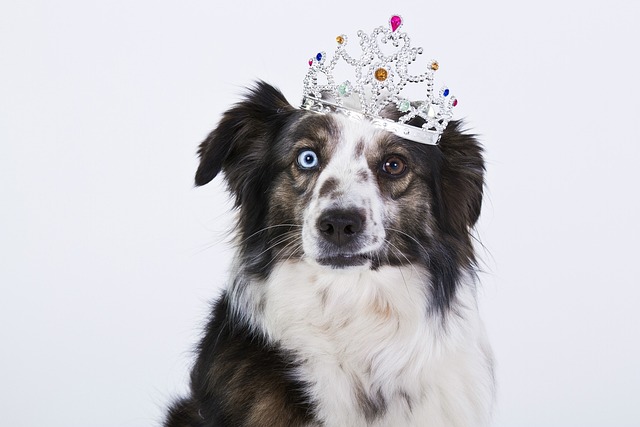
What do groomers use for shedding
When Sarah first brought home her golden retriever, she spent weekends vacuuming piles of fur from her couch—and found herself picking strands out of her coffee mug more often than she’d like.
The adorable, fluffy appearance of dogs always makes people can't help but want to get close to them. Regularly bathing dogs not only keeps them clean and tidy but also is an important part of maintaining their health and comfort. When we decide to bathe our dogs, every step needs to be treated carefully, using a professional and loving approach to bring a comfortable cleaning experience for our dogs.
The preparations before bathing are of great importance, which is the foundation to ensure the smooth progress of the bathing process. First of all, choose a suitable time. Try to avoid bathing the dog immediately after it has just finished eating or after strenuous exercise, because this may affect the dog's digestion and even cause physical discomfort. The ideal time is 1 to 2 hours after the dog has eaten and after it has had moderate exercise. At this time, the dog's physical state is relatively stable, and it can better adapt to the bath. Then, prepare all the necessary supplies. A soft and highly absorbent towel is essential. It can quickly absorb the water on the dog's body after the bath, reducing the risk of the dog catching a cold. A pet-specific shampoo is a key item. Since the pH value of a dog's skin is different from that of humans and is weakly alkaline, using human bathing products will disrupt the acid-base balance of the dog's skin and cause skin problems. Therefore, carefully select a suitable shampoo according to the dog's hair texture and skin condition. For example, long-haired dogs are suitable for shampoos with a softening effect, while dogs with sensitive skin need mild and soothing products. In addition, a comb should also be prepared to comb the dog's hair before and after the bath to prevent tangles.
When everything is ready, the bathing journey can begin. Adjusting the water temperature is the first and crucial step. A suitable water temperature can make the dog feel comfortable during the bathing process. Generally, the water temperature should be controlled at around 38 to 40 degrees Celsius, which is close to the dog's body temperature. You can first test the water temperature with your hand or a thermometer. After ensuring that the water temperature is appropriate, slowly pour warm water on the dog's body with a showerhead or a ladle, allowing the dog to gradually get used to the water temperature. Start from the dog's back and slowly wet the whole body. The movements should be gentle to avoid scaring the dog with sudden water flow. During the process of wetting the dog, always pay attention to the dog's reaction. If the dog shows signs of unease or resistance, stop and soothe it to make it relax.
The next step is to apply the shampoo. Squeeze an appropriate amount of shampoo into your hand, rub it to create foam, and then evenly apply it to the dog's body. Start from the head and apply it to the neck, back, abdomen, limbs, and tail in turn. When applying it to the head, be especially careful to avoid getting the shampoo into the dog's eyes and ears. Gently massage the dog's skin and hair to let the shampoo fully play its cleaning role, but pay attention not to apply too much pressure to avoid hurting the dog. The massage time should be about 3 to 5 minutes to ensure that every part of the hair is cleaned. During this process, the dog may relax and enjoy the owner's touch due to the comfort, and we can also feel the dog's trust in us during this close contact.
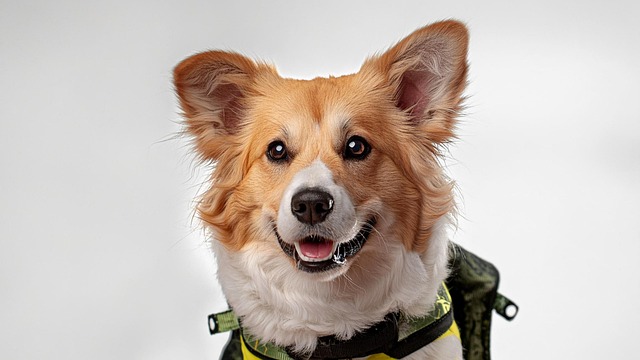
After applying the shampoo, it's time to rinse the dog. Again, use warm water and start from the dog's head to slowly rinse off the shampoo on its body. Make sure to rinse off all the shampoo, as the remaining shampoo may irritate the dog's skin. The rinsing process should be thorough, especially paying attention to the areas with thick hair, such as the abdomen and the inner sides of the legs. These areas are prone to hiding dirt and are also likely to have residual shampoo. After rinsing, gently press the dog's body with the prepared towel to absorb most of the water. Try to absorb as much water as possible from the hair with the towel, which can reduce the subsequent drying time and lower the possibility of the dog catching a cold.
The drying process is another important step in the bathing process. A pet-specific hair dryer is a good choice. Adjust the hair dryer to a suitable temperature and wind power. The temperature is generally between 35 and 40 degrees Celsius, and the wind power should be adjusted according to the dog's hair texture and length. For long-haired dogs, a larger wind power is needed to penetrate the thick hair layer, while short-haired dogs can use a smaller wind power. During the drying process, keep moving the hair dryer to avoid overheating and scalding the dog's skin in a local area. At the same time, comb the dog's hair while drying. This can not only speed up the drying process but also make the hair smoother and fluffier. For some dogs that are sensitive to the sound of the hair dryer, you can first let the hair dryer work at a distance to let the dog gradually get used to the sound and then slowly move closer. If possible, you can also use a professional drying box. Put the dog in the drying box, set a suitable temperature and time, and let the dog complete the drying process in a relatively quiet and warm environment.
The care after bathing should not be ignored either. Check the dog's ears and eyes. Gently wipe around the ears and eyes with a clean cotton ball or a damp cloth to remove any possible residual water and dirt. Also, check the dog's skin to see if there are any abnormal conditions such as redness, swelling, or rashes. If you find any problems, consult a veterinarian in a timely manner. Finally, give the dog some rewards, such as its favorite snacks or gentle strokes. Let the dog know that taking a bath is a pleasant thing, and it will be more cooperative the next time it takes a bath.
Bathing a dog is a process full of love and care. From the careful preparations before the bath, to the meticulous operation during the bath, and then to the attentive care after the bath, every link reflects our deep love for the dog. Through professional bathing methods, we can not only keep the dog clean and tidy but also enhance the relationship with the dog and safeguard its healthy life. When we see the dog's lively, cute, and shiny-haired appearance after the bath, we will feel that all the efforts are worthwhile. Let us use our professionalism and love to give the dog more care and protection and accompany it to spend happy days every day.

When Sarah first brought home her golden retriever, she spent weekends vacuuming piles of fur from her couch—and found herself picking strands out of her coffee mug more often than she’d like.
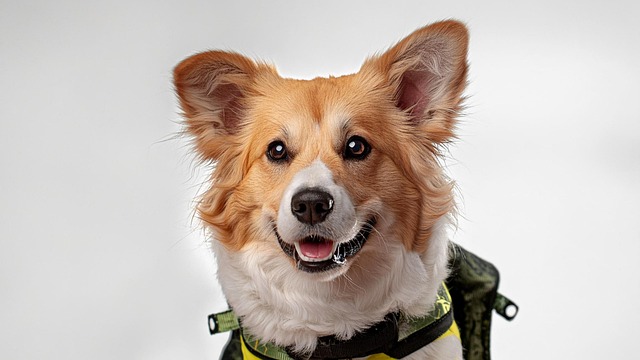
Unlock the secrets to safe, soothing puppy teething with vet-approved chews—protect your pup and your home during this challenging stage.
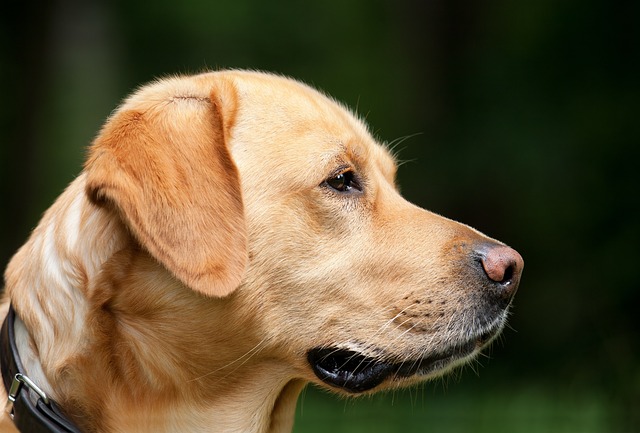
Let’s start with the honest truth: grabbing kitchen scissors to trim your dog’s overgrown fringe might seem like a quick fix, but it’s a high-stakes haircut.
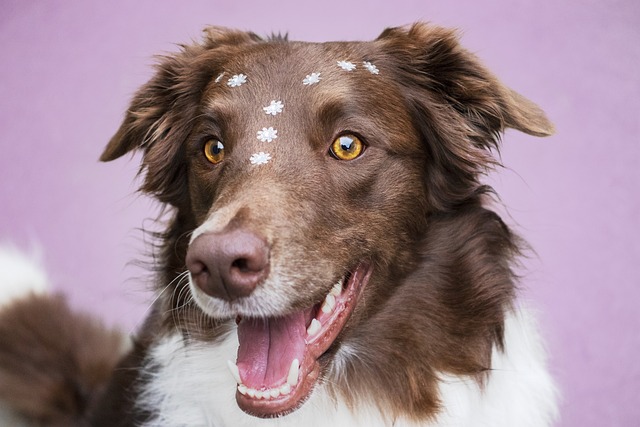
You’ve just settled on the couch for a movie night when your dog’s nails start clicking across the hardwood like tiny tap dancers. Or maybe you notice them slipping on the kitchen tiles more often.
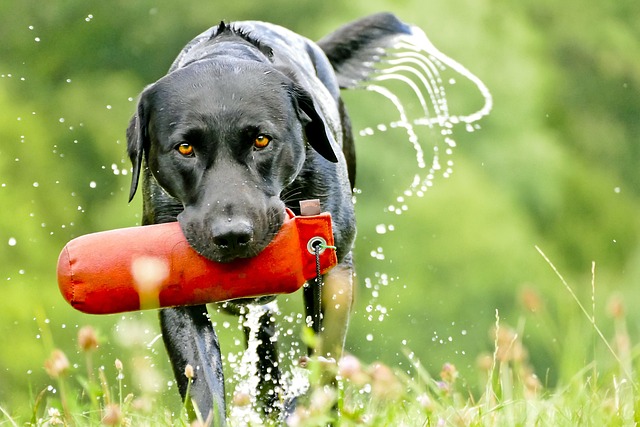
Let's be honest, that moment when you pull out the brush and your dog suddenly remembers a very important appointment behind the sofa is pretty universal.

Picture this: it’s bath time for your pup, and you’re fresh out of dog shampoo. As you reach for your own coconut-scented shower gel, you pause – could this work? Let’s be honest,